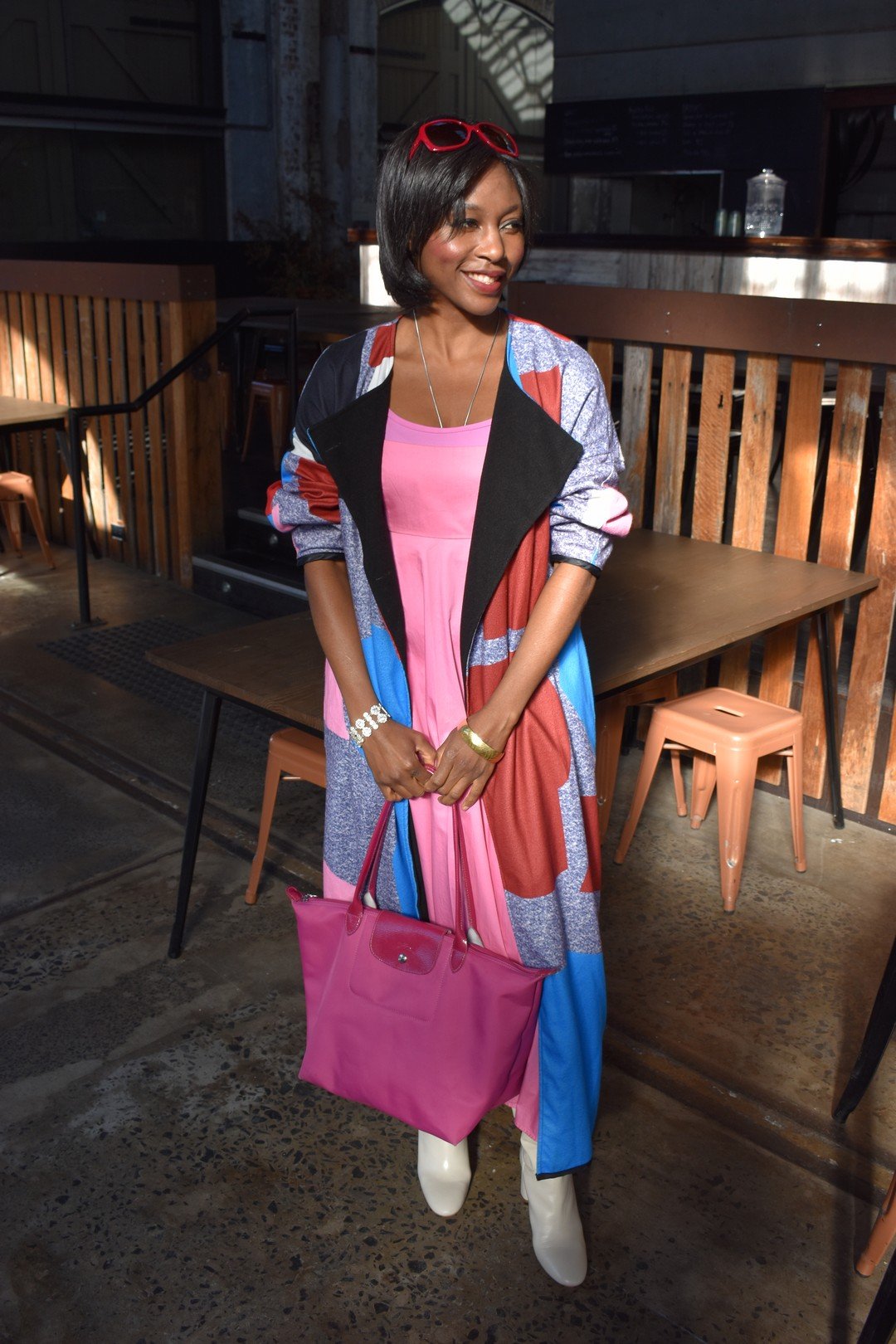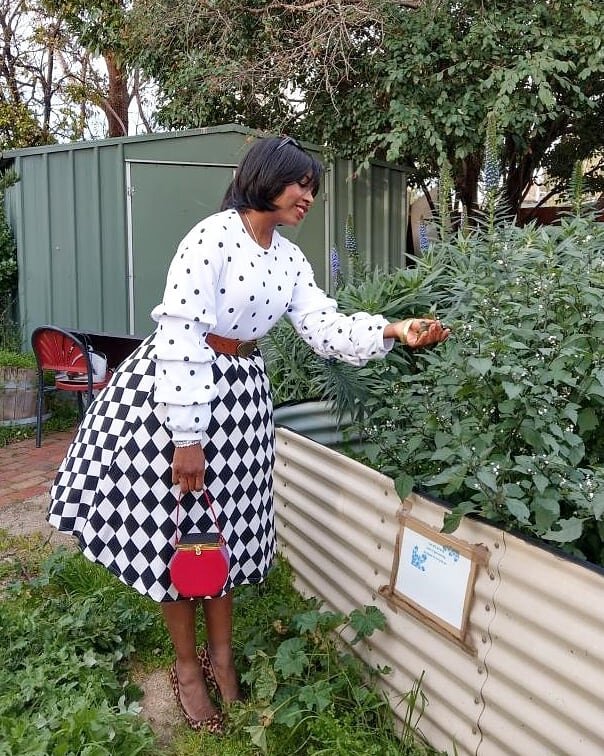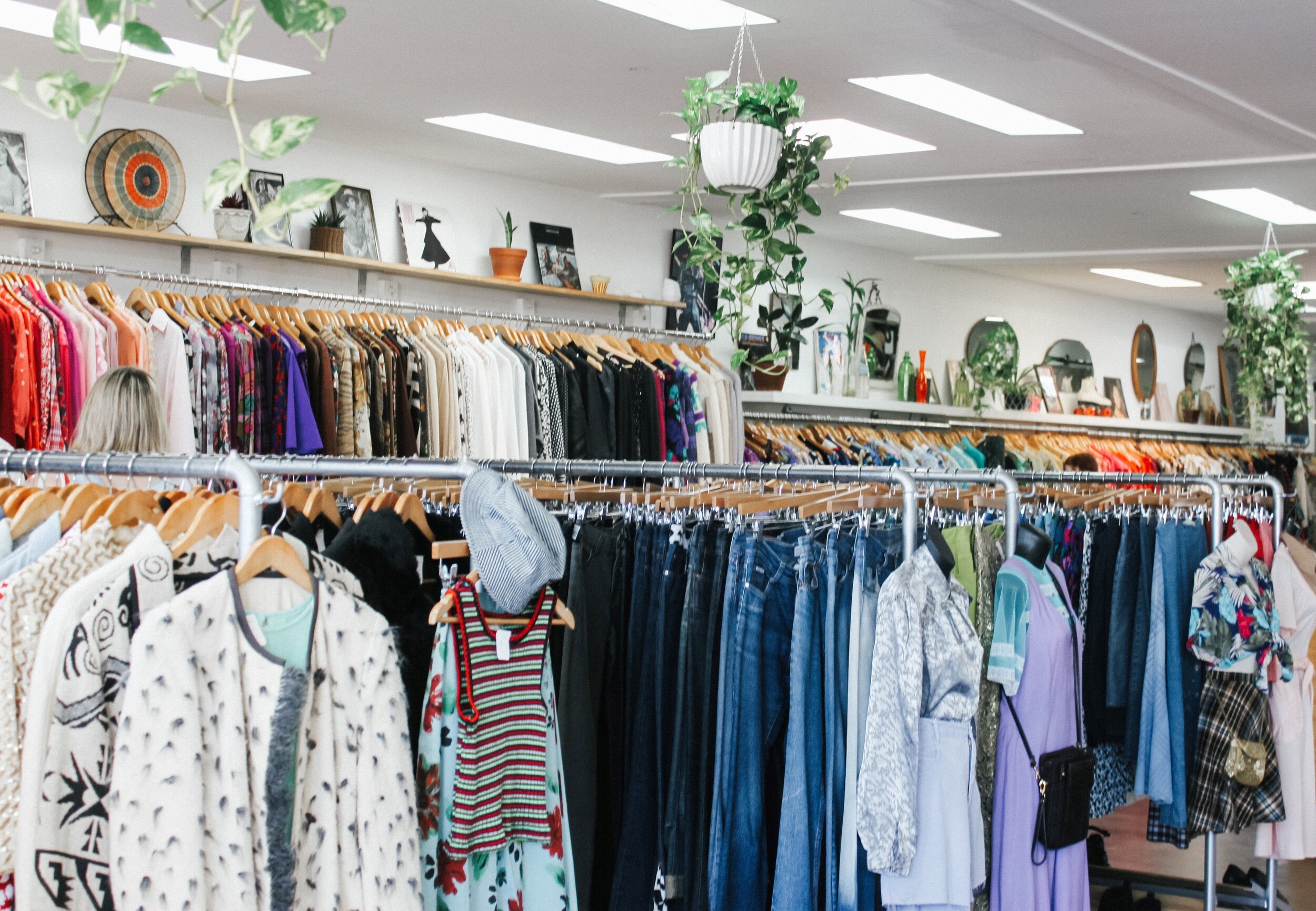One of the most surprising things I discovered about secondhand fashion is that it teaches you to figure out who you are and helps you appreciate yourself. As opposed to following fashion trends, selecting pieces to form a cohesive wardrobe from a plethora of clothes from multiple fashion eras and diverse cultures naturally makes you dig a little deeper beyond the surface to figure out who you are and what you want to express in your style. Eventually, I discovered a few more perks to this wonderful world of secondhand.
1. Social sustainability – Majority of the people who make our clothes are women in poorer countries, mostly in Asia and Africa. They are exploited because they are not paid fair, liveable wages where they can afford the basic life essentials such as healthcare, education and adequate food for themselves and their families. This happens despite working 12 – 16 hours a day. Buying secondhand sends a message to brands that we will stop buying their clothes when they are exploiting garment workers. It’s important that we inform these brands and urge them to pay liveable wages so that the workers do not end up unemployed.
2. Environmental sustainability – Fashion is one of the most polluting industries in the world. About 80 - 150 billion new garments are produced worldwide each year, more than double what was made in the year 2000. Of the garments made each year, 85% ends up in landfill or incinerated. Most of this pollution happens during manufacture and disposal. Secondhand shopping reduces reliance on raw materials, chemical procedures and fashion waste to landfill which all contribute to environmental damage. A circular economy with secondhand is a much better way to go.
3. It’s more affordable – Secondhand is such a great option for your savings and when you’re on a budget. However, considering the vast amount of environmental damage that fashion is responsible for, it’s essential to bear this in mind so that we prevent overconsumption of secondhand fashion. In a previous article, I explained in more detail why secondhand fashion is not about being cheap.
4. Self-empowerment - I alluded to this earlier when I talked about knowing and expressing yourself in your style. Secondhand can be a relatively quicker and easier way to glide on the path of inner growth and self-discovery. If you choose not to follow fashion trends that have been dictated, you’ll realise your personality, goals, character or lifestyle will be the tools you use when you’re choosing your pieces. It can strengthen your self-image and instil a stronger sense of confidence.
5. Unique personal style - Needless to say, shopping secondhand means your style is likely to be authentic and different from the usual. If you value individuality when it comes to your wardrobe and outside the box fashion styles then secondhand is your new (or existing) best friend.
This month, Oxfam UK is running a SecondHand September campaign where they’re inspiring people to say no to new clothes for 30 days #SecondHandSeptember. In the UK, 13 million items of clothing end up in landfill every week. In Australia, 6,000 kilos of textile waste ends up in landfill every ten minutes. Oxfam’s challenge is a fun opportunity to help reduce fashion waste by fully immersing yourself in secondhand fashion if you haven’t done so already. To find sources for secondhand clothing that are local to you, you can search online for clothes swaps, thrift stores, markets and wardrobe rental/hire platforms. Here are a few online platforms: Yordrobe, Ekoluv, Depop, Etsy, Carousell, Poshmark, Marketplace and Beyond Retro.















